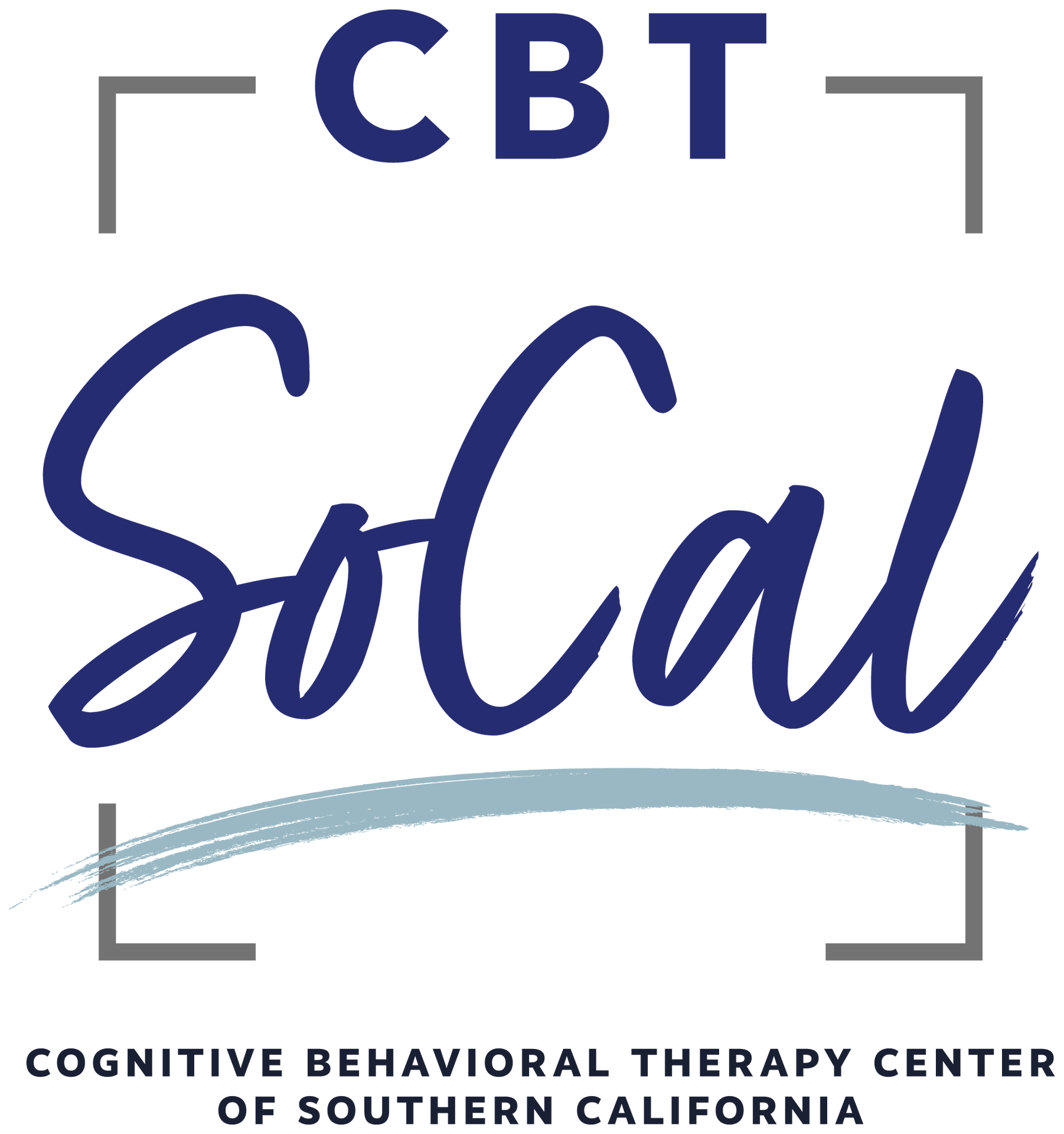Exposing Yourself to Negative Emotions. Part 3: Imaginal Emotion Exposures

Often times, when faced with a negative emotion our initial impulse is to change our behavior in order to change the way we feel. In general, this strategy helps to keep us healthy and safe. For example, if we feel unwelcome or unsafe in a certain neighborhood we would likely not return. However, this strategy can backfire if we now avoid leaving our home for fear that all neighborhoods outside are immediate community are unsafe. In the book The Unified Protocol for Transdiagnostic Treatment of Emotional Disorders: Workbook David H. Barlow and colleagues discuss the importance of exposing oneself to negative emotions in to order to build resiliency. By exposing ourselves to emotions we normally avoid, we learn that we do have the skills and the capacity to handle what we fear.

Imaginal Emotion Exposures
Although it is best to face our fears head on, sometimes we are unable to directly face the situation that causes us to feel overwhelmed. Sometimes facing a certain situation is so stressful that simply thinking of it causes us anxiety. For example, we might have such a fear of public speaking that imagining giving a Power Point presentation causes our heart to pound and our brow to fill with sweat. Additionally, we may fear situations that should not be entered into for an exercise (e.g. a car crash). Furthermore, we may fear that by simply thinking about an event it will come to pass. For example, we might believe that thinking of a relative dying of a heart attack will somehow lead our relative to suffer a sudden cardiac arrest. These are all examples of fears that are appropriate to address through imaginal emotion exposures.
To do an imaginal emotion exposure, all we need to do is vividly imagine the situation that we most fear. Therefore, if we believe that our thinking will lead our aunt to suffer a heart attack, we should actively engage in those thoughts. We might be tempted to distract ourselves by thinking of another topic. However, we should do our best to stay fully present and focused on imaginal emotion exposure. Furthermore, it is also important that we do not engage in any rituals or behaviors that we believe counteract the power of the feared thought. For example, we might believe that if we think of our aunt having a heart attack, we must immediately text her a message pleading with her to stay home and rest all day. It is crucial that we do not send our aunt a warning message. Only by testing our belief through imaginal emotion exposures such as this, over and over, will we learn to face our fears and take the power away from our thoughts.

Author Dr. Jason von Stietz specializes in Cognitive Behavior Therapy and Sport/Performance Psychology in Torrance, CA.
